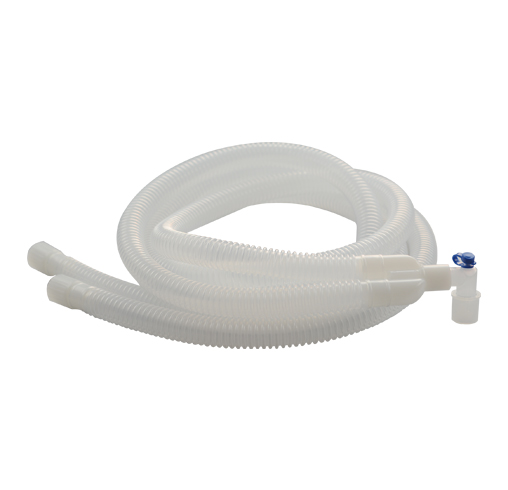- Endoscopic Products and Accessories
-
Respiratory
- Nasal Oxygen Cannula
- Capnography Mask
- Oxygen Mask
- Non-rebreathing Mask
- Venturi Mask
- Multi-vent Mask
- Nebulizer Mask
- Nebulizer with Mouth Piece
- Tracheostomy Mask
- Disposable Ezscope™ Pro Broncho
- One-way Valve Mouthpiece
- Nose Clip
- ABC Mouthpiece and Filter Kit
- Breathing Exerciser
- Closed Suction Catheter
- Suction Catheter
- Mucus Control Vacuum Valve
- Mucus Specimen Trap
- Mucus Extractor
- Mucus Extractor with Protective Sheath
- Anesthesia
- Airway Management
-
Suction Surgery
- Connector
- Flexi-clear Yankauer Handle
-
Yankauer Handle
- Plain Tip Yankauer
- Flange Tip Yankauer
- Tapered Tip Yankauer
- On/Off Yankauer with Plain Tip
- On/Off Yankauer with Tapered Tip
- Bulb Tip Yankauer
- Crown Tip Yankauer
- Flexible Poole Suction Handle
- CH30 Yankauer Handle & CH35 Suction Connecting Tube
- Two-piece Plain Tip Yankauer
- Duck-bill Tip Yankauer
- Poole Suction Handle
- ENT Suction Tube
- Suction Probe
- Orthopedic / Orthopaedic Yankauer
- Aspirator Surgical Tip
- Suction Connecting Tube
- Suction Canister Soft Liner
- Rigid Suction Canister
- Suction Canister with Filter Kit
- Reusable Outer Canister
- Vacuum Wound Drainage System
- Hemorrhoid Banding Ligator
- Vacuum Control Adaptor
- Cardiothoracic Surgery
- Laparascopic products and accessories
- Gynaecology
-
Urology
- CathVantage™ Portable Hydrophilic Intermittent Catheter
-
Cysto/Bladder Irrigation Set
- M-easy Bladder Irrigation Set
- B-cylind Bladder Irrigation Set
- S-tur Bladder Irrigation Set
- S-uni Bladder Irrigation Set
- B-uro Bladder Irrigation Set
- Premi Bladder Irrigation Set
- J-pump Bladder Irrigation Set
- J-tur Bladder Irrigation Set
- H-pump Bladder Irrigation Set
- Sup-flow Bladder Irrigation Set
- Maple Irrigation Set
- Peony Irrigation Set
- Nelaton Catheter
- Urinary Drainage Bag
- Urinary Drainage Leg Bag
- Enema Kits
- Sitz Bath Kits
- Click Seal Specimen Container
- Silicone Male Catheter
- Spigot Catheter and Adaptor
- Three-way Stop Cock
- Suction Specimen Drain Bag/ Urology Drain Bag
- Sandalwood Irrigation Set
- Freesia Irrigation Set
- Daffodil Irrigation Set
-
General Surgery
- Gastric Sump Tube
- Hemostatic Powder Applicator
- Magnetic Drape
- Surgical Hand Immobilizer
- Administration Set for Blood
- Dental Irrigation Set
- Ear/Ulcer Syringe
- Bulb Irrigation Syringe
- Toomey Irrigation Syringe
- Dental Irrigation Syringe
- Decanting Device
- Mixing Cannula
- Mucosal Atomization Device
- Basin Liner/Basin Drape
- Camera Handle Cover
- Light Handle Cover
- Medical Brush
- Sponge Stick
- Suture Retriever
- Needle Counter
- Disposable Calibration Tube
- Pressure Infuser
- Heparin Cap
- Protection Cap
- 100ML Bulb Irrigation Syringe
- Scleral Marker
- Surgical light Handle
- Enteral Nutrition
- Durable Medical Equipment
- Personal Protective Equipment
- COVID-19 Products
- PVC-FREE Medical Device
- E.N.T Department
- Temperature Management Solutions
- Operation
- Patient Handling System
Breathing Circuit Types : Advantages and Disadvantages
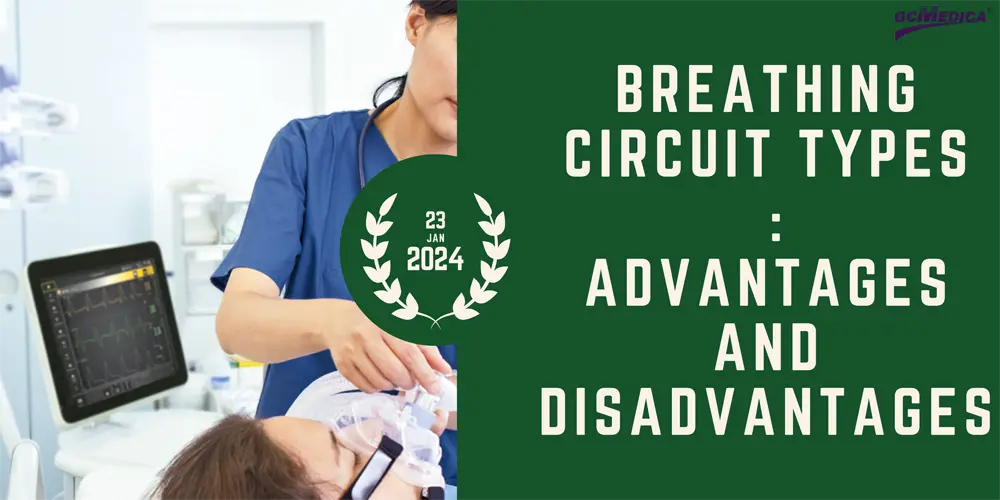
What Are Breathing Circuits?
Breathing circuits form an integral part of medical devices used in delivering anesthesia and providing respiratory support. These systems are designed to safely supply oxygen and anesthetic gases to patients while removing carbon dioxide. They play a crucial role in ensuring patients remain stable and comfortable during surgical procedures and in various care settings, including intensive care units.
At its core, a breathing circuit is a complex assembly of components that creates a pathway for the delivery and removal of gases. The primary goal is to maintain a stable environment for gas exchange, crucial for patient survival during anesthesia or respiratory therapy. This system includes various valves, tubes, filters, and reservoir bags, each serving a specific function in the circuit's operation.
Breathing circuits can be classified into several types based on their design and the method of gas flow, including open, semi-open, semi-closed, and closed systems. Each type has distinct characteristics that make it suitable for different clinical applications.
Choosing the appropriate breathing circuit is vital for patient safety and the effectiveness of care. The selection depends on several factors, including the patient's condition, the type of surgery or care required, and the specific needs for anesthesia or respiratory support. The right choice helps in minimizing the risks of complications, optimizing the delivery of anesthetic gases, and ensuring efficient removal of carbon dioxide.
Breathing Circuit Classification and Their General Advantages and Disadvantages
Breathing circuits, an essential component of anesthesia and respiratory support systems, are classified based on the mechanism of gas flow and the degree of gas rebreathing they allow. This classification into open, semi-open, semi-closed, and closed systems is not just a matter of technical specificity; it reflects the evolution of medical technology aimed at improving patient care and operational efficiency. Understanding these classifications and their inherent advantages and disadvantages is crucial for healthcare providers to make informed choices that best suit their patients' needs.
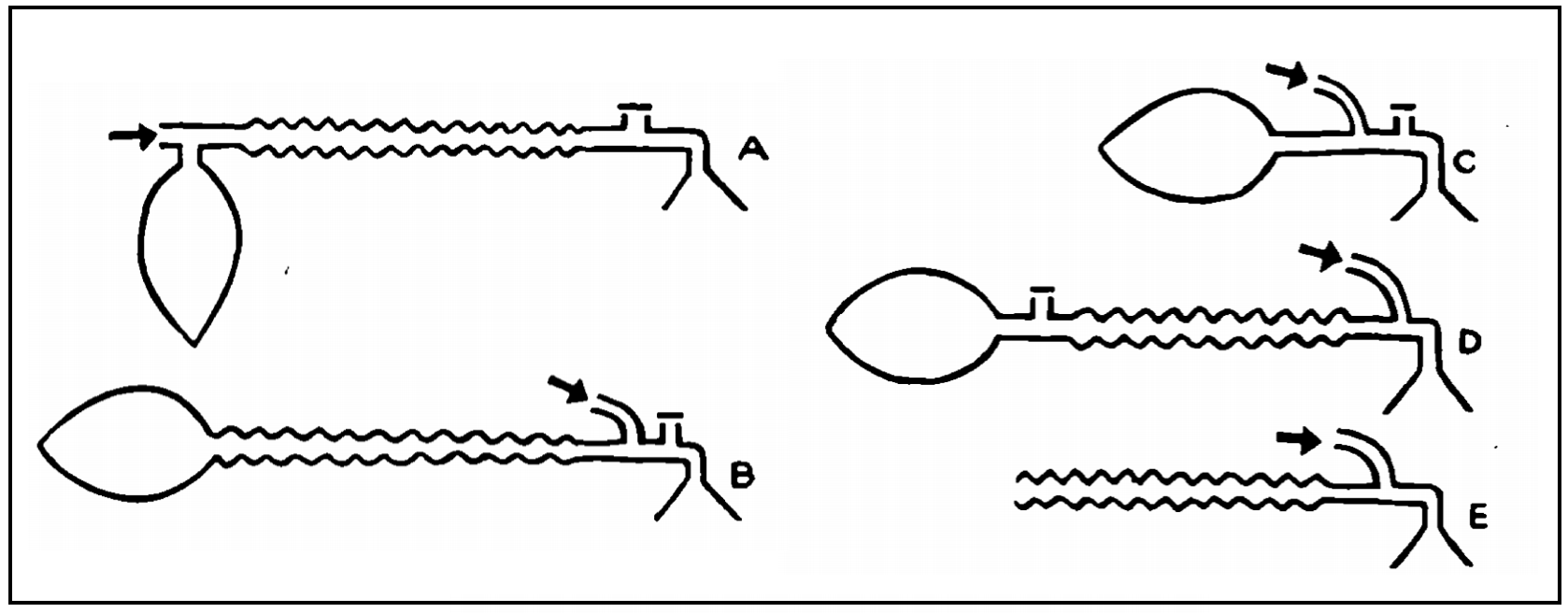
Open Systems
Advantages: Open systems are simple and have minimal components, making them easy to assemble and use. They are suitable for short procedures requiring minimal anesthesia.
Disadvantages: These systems are inefficient in terms of gas usage and environmental safety, as they release anesthetic gases into the operating room, posing a health risk to healthcare workers.
Semi-Open Systems
Advantages: Semi-open systems offer a balance between simplicity and efficiency. They can provide a higher level of anesthesia control compared to open systems and are still relatively easy to manage.
Disadvantages: While better than open systems, they still have limitations in gas conservation and can contribute to operating room pollution.
Semi-Closed Systems
Advantages: These systems are more efficient in gas usage, allowing for the rebreathing of a portion of exhaled gases after carbon dioxide removal. This efficiency can lead to cost savings on anesthetic gases and reduce environmental impact.
Disadvantages: Semi-closed systems are more complex, requiring careful monitoring and adjustment to maintain the correct mixture of gases, which can increase the cognitive load on the anesthesia provider.
Closed Systems
Advantages: Closed systems are the most efficient in terms of gas usage, allowing almost all exhaled gases to be rebreathed after carbon dioxide removal and fresh gas replenishment. They offer significant cost savings and the lowest environmental impact.
Disadvantages: These systems are the most complex and require precise control and monitoring. There is also a steeper learning curve for healthcare providers to use them effectively.
GCMEDICA'S BREATHING CIRCUIT
| Image | Circuit Type | Advantages | Clinical Use Cases |
| Flexible, Durable | General Surgery | |
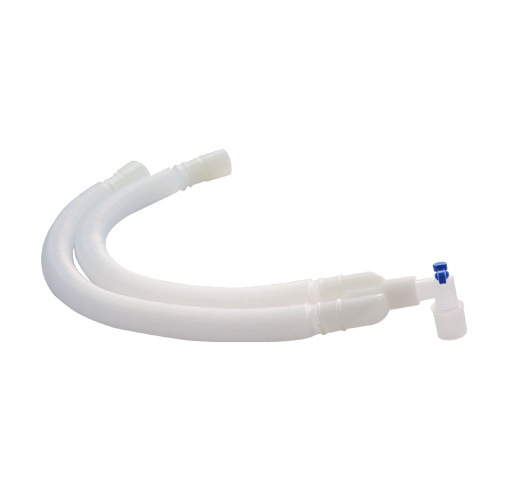 | Lightweight, Space-efficient | Pediatrics, Outpatient Surgery | |
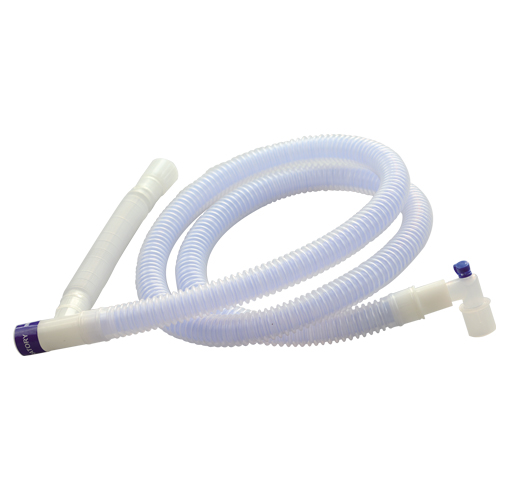 | Minimizes heat loss | Long-duration Surgeries |
Key Considerations in Choosing a Breathing Circuit
Selecting the ideal breathing circuit is crucial for patient safety, comfort, and the effectiveness of medical procedures. This decision hinges on understanding key factors that influence the circuit's performance in various clinical situations. Below is a condensed overview of these considerations:
Patient Condition: Factors such as age, weight, respiratory status, and health conditions dictate the need for specific circuit types to ensure adequate ventilation without compromising respiratory function.
Type of Surgery or Procedure: The complexity and length of medical procedures influence whether simpler semi-open systems or more controlled semi-closed/closed systems are appropriate, based on anesthetic gas management and patient requirements.
Anesthetic Requirements: The selection is guided by the anesthetic plan, with closed systems favored for their precision in gas mixture control and reduced environmental impact.
Efficiency and Resource Conservation: Closed systems stand out for their ability to recycle gases, which minimizes fresh gas usage, conserves resources, and lowers costs.
Environmental Considerations: The environmental footprint of breathing circuits is increasingly important, with a preference for systems that limit waste and pollution through efficient recycling.
Ease of Use and Monitoring: The complexity of a breathing circuit impacts its usability and the precision in monitoring gas concentrations, with more complex systems requiring detailed management.
Cost Implications: The choice also involves economic considerations, weighing the benefits of advanced technology against the costs of acquisition, operation, and maintenance.
In summary, selecting a breathing circuit involves a careful assessment of patient needs, procedural demands, and practical considerations. As medical technology advances, so too will the features of breathing circuits, enhancing the decision-making process for healthcare professionals to ensure optimal patient care.
Future Trends in Breathing Circuit Design and Technology
The landscape of medical technology is ever-evolving, and breathing circuits are no exception. As we look toward the future, several key trends are poised to transform the design and functionality of these essential systems, enhancing patient care and operational efficiency. This section explores the innovations and technological advancements that are shaping the future of breathing circuit design.
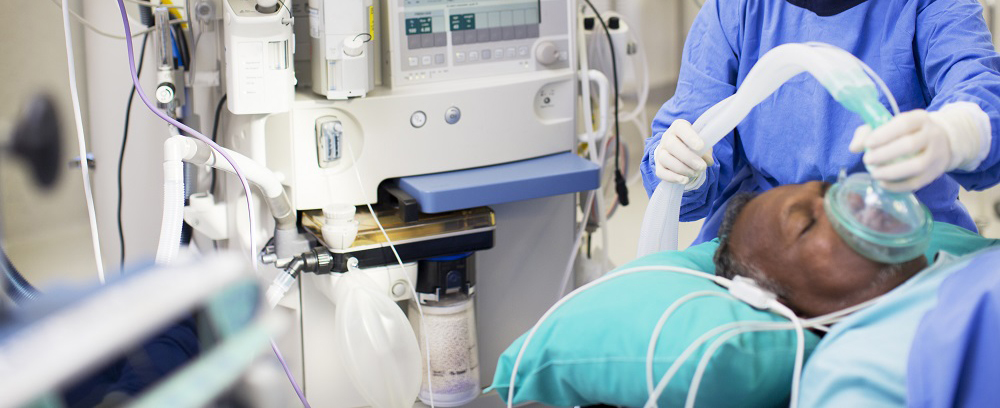
1. Integration of Advanced Monitoring Technologies
Future breathing circuits will likely incorporate more sophisticated sensors and monitoring technologies to provide real-time data on patient respiratory status, gas concentrations, and circuit integrity. This integration will facilitate more precise control over ventilation and anesthesia delivery, enabling personalized patient care based on real-time physiological data.
2. Enhanced Portability and Compactness
With the increasing demand for mobile healthcare services and home care solutions, the portability and compactness of breathing circuits will become more critical. Future designs will focus on minimizing the size and weight of these systems without compromising their functionality, making them easier to transport and use outside traditional hospital settings.
3. Greater Patient Comfort and Safety
Innovations in breathing circuit design will also prioritize patient comfort and safety. This could include the development of softer, more flexible materials that reduce discomfort and the risk of pressure injuries. Additionally, advanced filters and humidification systems will ensure that the gases delivered to the patient are clean, humidified, and at a comfortable temperature.
Concluding Thoughts on Breathing Circuits
In this exploration of breathing circuit types and their respective advantages and disadvantages, we've traversed the critical landscape of respiratory support systems in medical care. From the basic concepts and classifications to the nuanced applications in various clinical scenarios, and looking ahead to future trends, it's clear that the choice of breathing circuit is not merely a technical decision but a pivotal aspect of patient-centered care.
Breathing circuits, whether open, semi-open, semi-closed, or closed, each play a distinct role in healthcare settings. They are chosen with careful consideration of patient needs, procedural requirements, and environmental impacts. As we've seen, advancements in technology are continually shaping the design and functionality of these systems, promising more efficient, safe, and personalized respiratory support.
The future of breathing circuit technology is bright, with innovations aimed at enhancing patient comfort, operational efficiency, and environmental sustainability. Integration with advanced monitoring systems, improvements in portability and compactness, and a focus on reducing environmental footprint are just a few areas where we can expect significant advancements.
Related News


